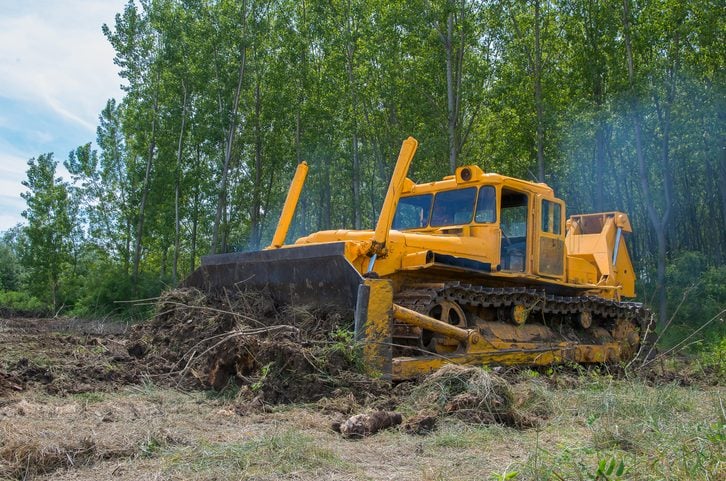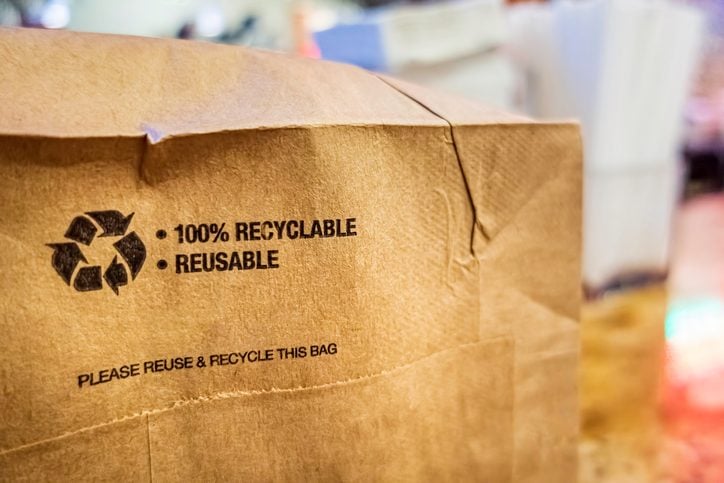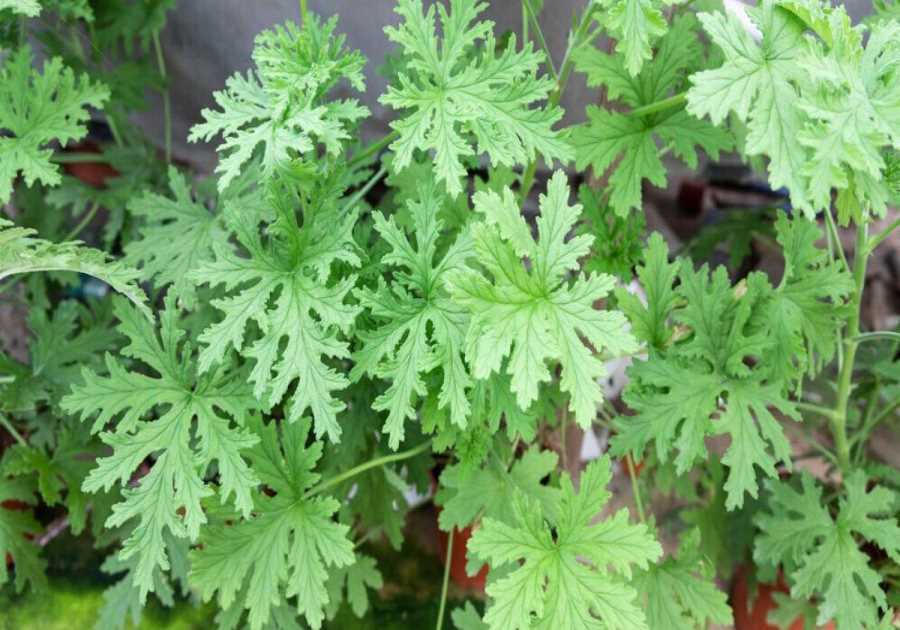After the invention of factory fishing trawlers, fishermen in Newfoundland caught eight million tons of cod in just 15 years. That caused the fishery to collapse so spectacularly that despite 30 years of fishing bans, the cods have yet to recover to fishable levels.
That’s just one example of the many ways we’re consuming more resources than our Earth can sustain. From cutting down trees to adding carbon dioxide into the atmosphere, each year we now collectively use natural resources equivalent to 1.7 Earths.
To keep track of that deficit, scientists created the concept of an ecological footprint. Here’s more about what that is, and how to reduce yours at home.
What Is an Ecological Footprint?
An ecological footprint compares how many natural resources humans consume versus how fast the planet’s ecosystems can regenerate them. Think about it as supply and demand for resources like forests and fish.
An ecological footprint accounts for the amount of waste we generate versus how fast nature can absorb it, especially with carbon emissions.
Unfortunately, we’re currently using too many resources too fast for long-term sustainability. That means we’re putting ourselves into ecological debt, which will make life harder for future generations.
What Is the History of Ecological Footprint?
Mathis Wackernagel, a sustainability advocate, and William Rees, a professor emeritus at the University of British Columbia in Canada, created the concept of an ecological footprint in the early 1990s. Wackernagel went on to co-found the Global Footprint Network in 2003.
“Since its inception, Global Footprint Network’s key strategy has been to make available robust ecological footprint data,” says Wackernagel. “It allows us to grapple with overshoot, possibly the largest risk for humanity in the 21st century.”
Overshoot means using more than the Earth can regenerate. “Earth Overshoot Day represents the day in the year by which we, globally, have used more natural resources than the planet can regenerate that year,” says Sanchali Pal, founder and CEO of the Commons App. In 1972 that date was Dec. 27. In 2023, it was Aug. 2.
The ecological footprint concept inspired other footprints, like the carbon footprint, to quantify human behavior and our impact on the planet.
Types of Ecological Footprints

Technically, there is only one ecological footprint, because the term refers to the planet as a whole. But it’s often broken down into types of land use, which include:
- Grazing and cropland, for our food and clothing;
- Forests/deforestation, for wood, building and paper products;
- Fishing grounds/over fishing;
- Built-up land, aka land covered by man-made structures like houses and roads;
- Carbon added to our atmosphere from actions like burning fossil fuels and clearing land.
Ecological footprints are most often calculated for countries, although they can also measure the impact of a person, city, company, community or product. On average, each person in the United States demands about four times the resources that Earth can regenerate.
How To Calculate Your Ecological Footprint
You can calculate your ecological footprint and personal Earth Overshoot Day for free using Global Footprint Network’s footprint calculator. Part of your global footprint is your carbon footprint, which you can also calculate on the free Commons app (App Store and Google Play).
How To Minimize Your Ecological Footprint

“Anyone can lower their footprint with simple changes that fit into their lifestyle,” says Sheila Bonini, senior vice president with World Wildlife Fund.
“It’s all about trade-offs. There are a few tips we all know: drive less, cut out single-use plastic wherever you can, use less water, and make sure your residence is as energy-efficient as possible. But there are plenty of other things you can do.”
Here are a few ideas. You can also find more solutions at Earth Overshoot Day.
Purchase wisely and less
Try to consume less overall, and repurpose and repair items versus buying new ones.
Also, support sustainable brands. The Commons app (App Store and Google Play) can help you identify some, as well track your personal carbon footprint and recommend ways to reduce your environmental impact.
Buy sustainable lumber
Deforestation is a multi-faceted crisis for our planet. To do your part to mitigate it, buy wood, lumber and paper products certified by the Forest Stewardship Council (FSC). “This label means the product is certified sustainably sourced, and comes from responsibly managed forests,” says Bonini.
Keep kitchen waste down and diversify your diet
Wasted food makes up about 10% of all global greenhouse gas emissions, so try to purchase only what you need and compost your food scraps.
“You can also lower your footprint by eating a greater diversity of foods,” says Bonini. “Seventy-five percent of the global food supply comes from only 12 plant and five animal species. But soils are healthier when different types of crops are grown together.”
Crop diversity also reduces fertilizer use, she says, while adding resilience against pests, diseases and extreme weather to our food supply.
Speak up
Individual actions are important and offer many positive impacts, but they can only go so far. To create sustainability for future generations, governments and businesses also need to take more action.
Did you miss our previous article...
https://rsssuperfeeds.com/life-hacks/whats-the-cause-of-a-banging-noise-in-your-water-pipes-heres-how-to-fix-it






